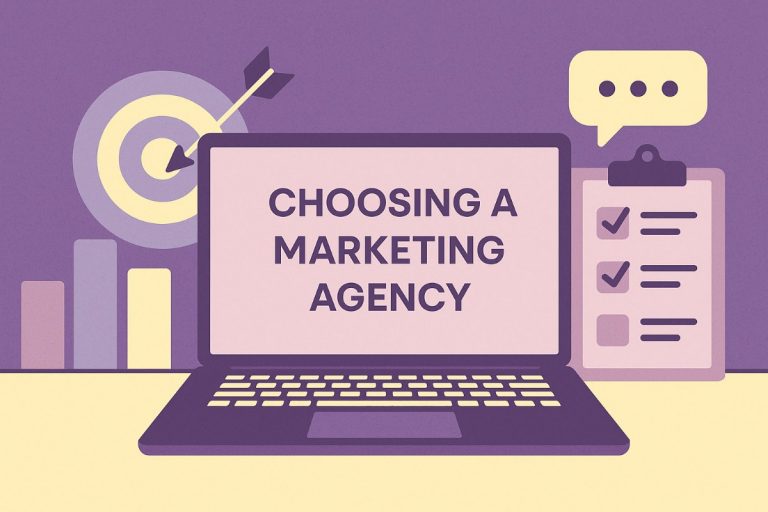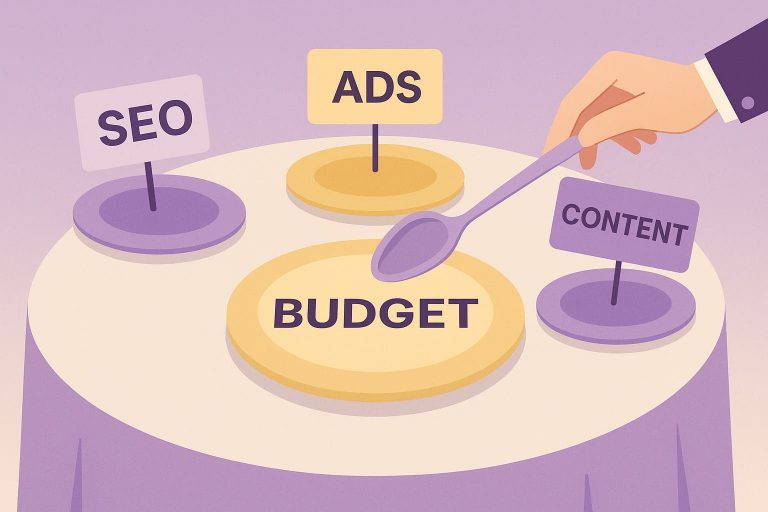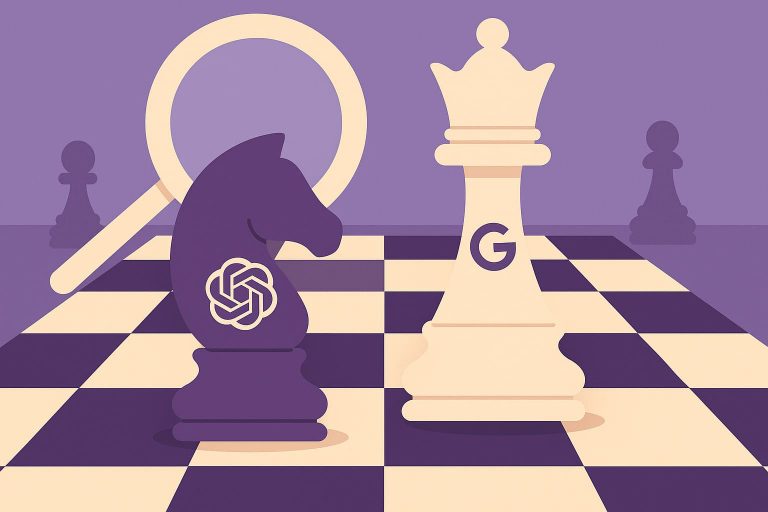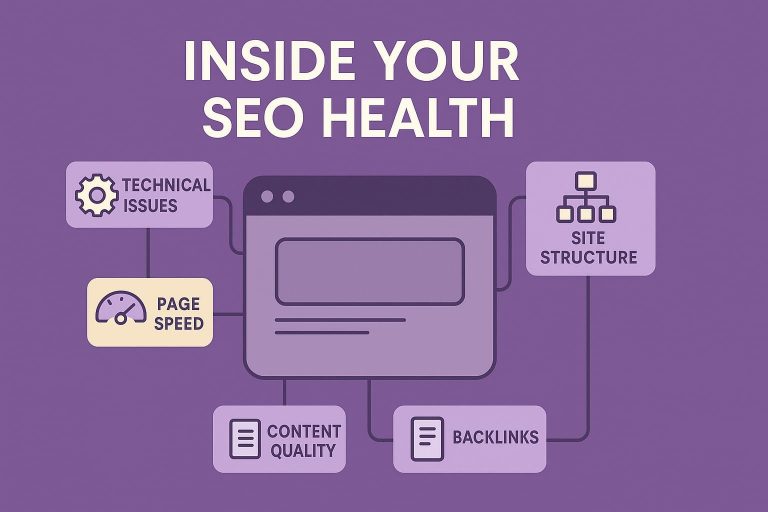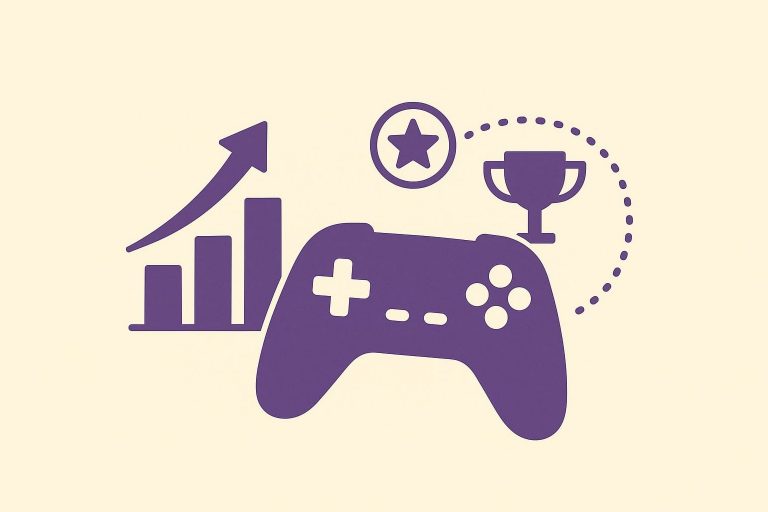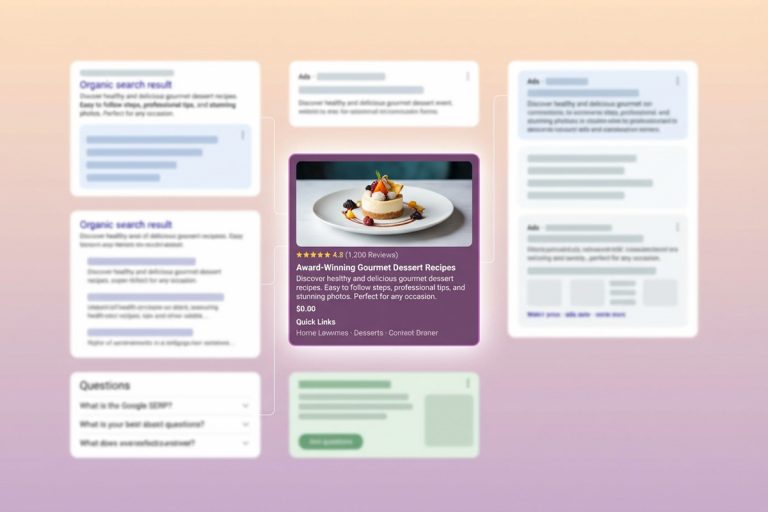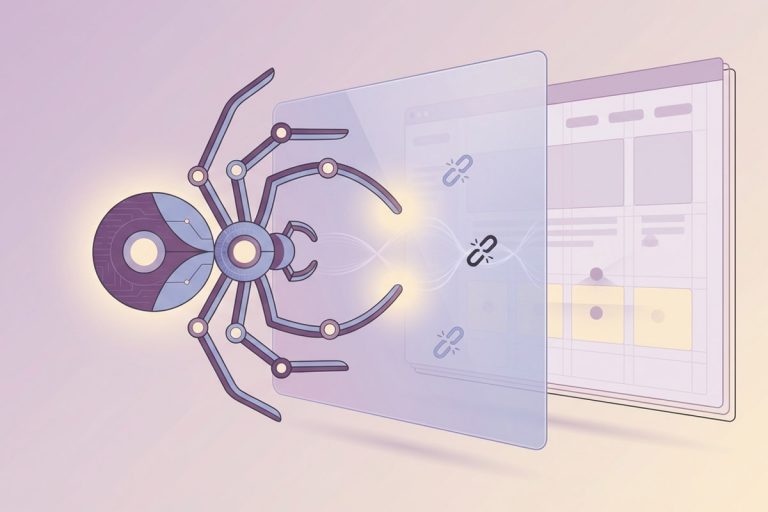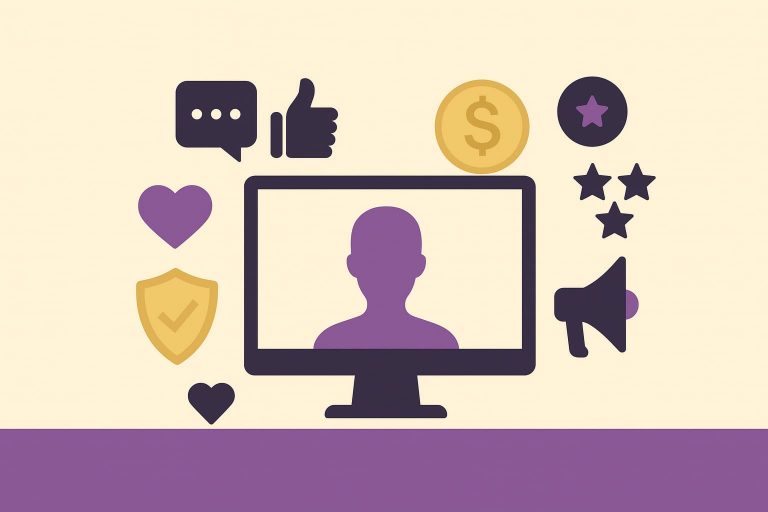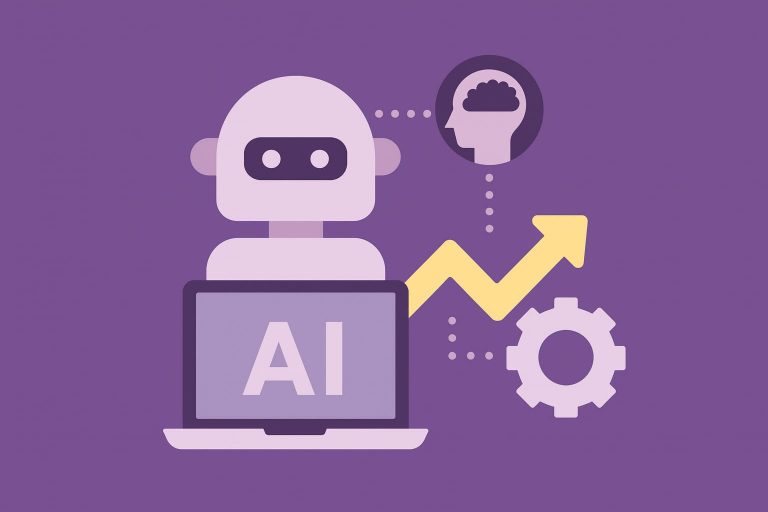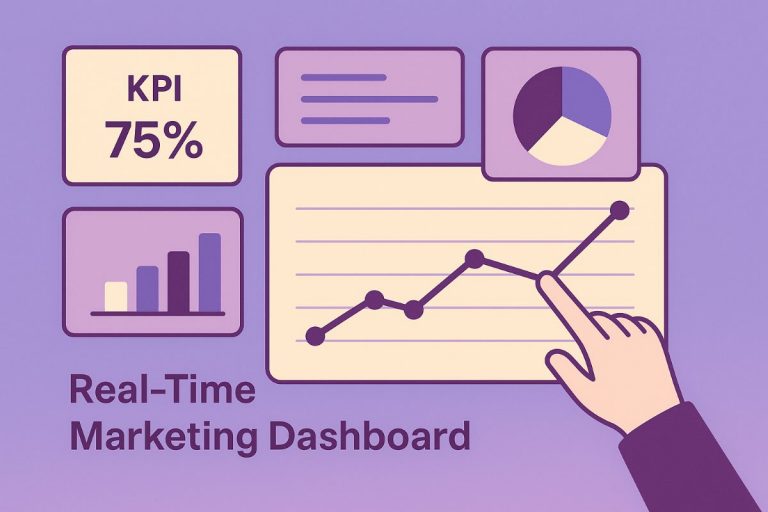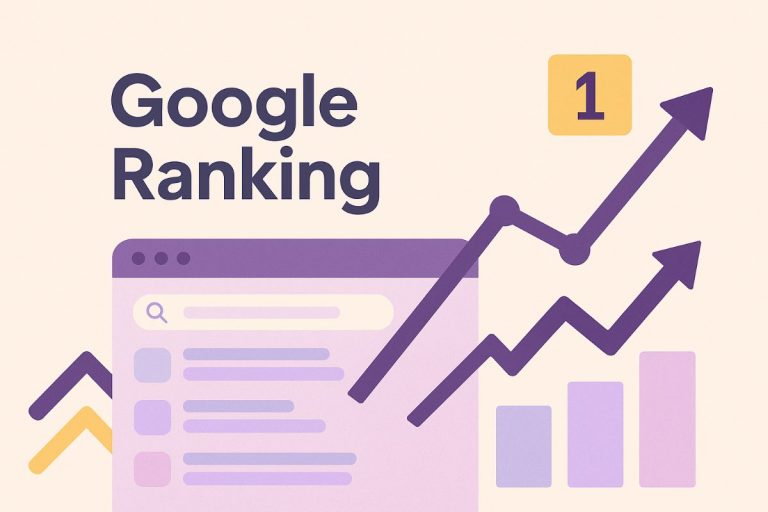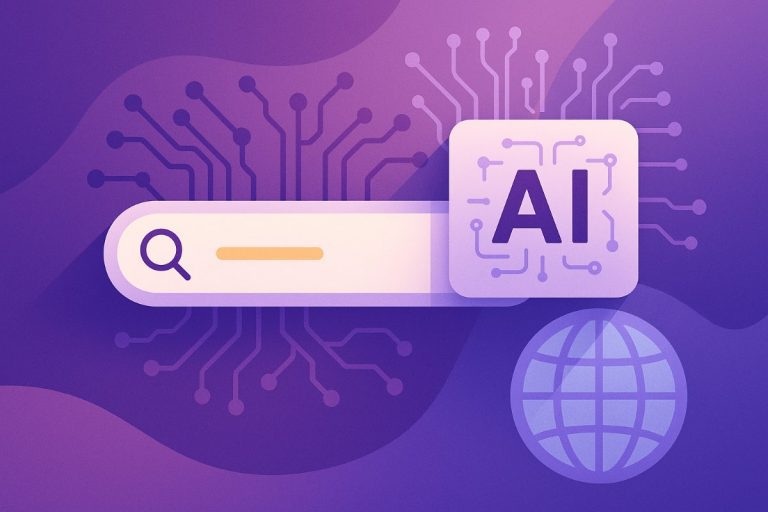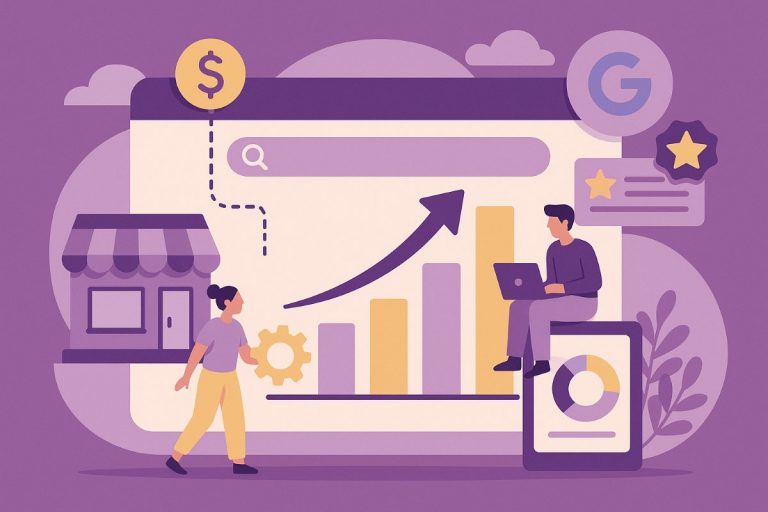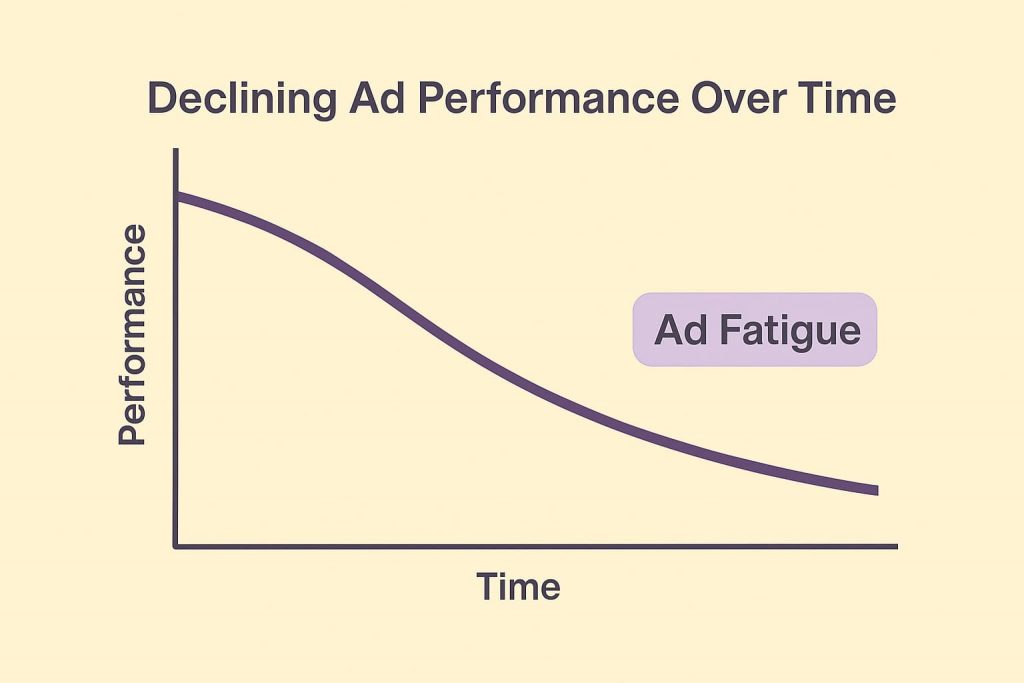
- What Is Ad Fatigue and Why Should You Care?
- How to Recognize When Your Ads Are Losing Their Impact
- The Real Cost of Ignoring Ad Fatigue
- Understanding the Timeline: How Quickly Marketing Fatigue Develops
- Ad Fatigue Varies By Platform: Professional Insights
- What Makes Online Advertising Annoying to Users?
- Proven Strategies for Fighting Ad Fatigue
- Measuring Your Success Against Ad Fatigue
- Future-Proofing: Building Ad Fatigue Prevention Into Your Strategy
- Conclusion: Ad Fatigue Is Manageable With the Right Approach
- FAQs
Picture this: Your Facebook campaign was crushing it last month – 2.3% CTR, $18 cost per acquisition, and leads flowing in like clockwork. Then something shifted. Same budget, same audience, same targeting but suddenly your CPA jumped to $35 and your CTR dropped to 0.8%. No market changes, no competitor moves, no seasonal dips.
If this sounds familiar, you’ve encountered ad fatigue – the silent campaign killer that drains budgets and frustrates marketers worldwide. The good news? Ad fatigue isn’t a death sentence. With the right detection methods and prevention strategies, you can maintain profitable performance while keeping your audience engaged.
What Is Ad Fatigue and Why Should You Care?
Ad fatigue occurs when your target audience becomes oversaturated with your advertisements, leading to diminishing returns in campaign performance. Think of it as banner blindness on steroids – your audience doesn’t just ignore your ads, they actively develop negative associations with repeated exposure and overall digital fatigue.
Here’s what happened in Southeast Asia, according to The Trade Desk (2025): 66% of consumers reported tuning out repetitive ads shown on the same channel. Levels of ad fatigue were particularly high in Indonesia (69%), the Philippines (67%), Thailand (65%), and Singapore (63%). Among Gen Z, the issue was even more acute: they were 57% more likely than other groups to feel irritated when exposed to the same brand repeatedly on a single channel.
The psychology is straightforward: humans crave novelty. When audiences see the same message repeatedly, their brains file it under “already processed” and tune out. What started as engaging becomes background noise, then evolves into irritation, lowering audience engagement and reducing key metrics like click-through rate and view-through rate.
Why This Matters More Than Ever: Digital fatigue has intensified as people spend more than eight hours per day across an average of five different media environments – including connected TV, music, gaming, news, and websites. Platform algorithms from Facebook, Google, and YouTube compound this challenge: once they detect declining interaction, they automatically reduce delivery. The Trade Desk found that well-executed omnichannel campaigns can reduce ad fatigue by 2.2x and increase persuasive impact by 1.5x.
How to Recognize When Your Ads Are Losing Their Impact
Early detection prevents major performance drops. Most marketers notice ad fatigue only after significant declines, but warning signs appear weeks earlier if you know what to monitor.
Top 5 Warning Signs:
- Declining CTR with stable impressions
- Increasing frequency without improved results
- Rising cost-per-click despite unchanged competition
- Dropping social engagement rates
- Conversion rate decline without external market changes
Healthy vs. Fatigued Campaign Metrics:
| Metric | Healthy Range | Warning Zone | Critical Fatigue |
|---|---|---|---|
| CTR | 1.5–2.5% (avg. FB/Google) | 1.0–1.5% | <1.0% |
| Frequency | 1.5–3.0 (balanced reach) | 3.0–5.0 | >5.0 |
| CPC | Baseline ±0–10% | +10–30% | +30–50%+ |
| Engagement Rate | 2.0–4.0%+ | 1.0–2.0% | <1.0% |
Lower Click-Through Rates (CTRs)
CTR decline is one of the earliest signs of ad fatigue. Benchmarks give us objective thresholds: for Facebook Ads, average CTR across industries in 2025 is about 1.5-1.8 %.
For Google Ads Search campaigns, some industries report average CTRs around 6-7 %, though this varies a lot by sector.
We once worked with a retail client whose Facebook Ads CTR held steady at ~1.7 % for weeks 1-3, then starting in week 4 started sliding down to ~1.2 % over the next two weeks. Because their average had been ~1.6-1.8 %, that decline triggered our early-warning system. We paused the lowest performing ad variants by day 30, refreshed creative, and restored CTR back to ~1.5 %.
Rule of thumb: if CTR drops 25-40 % below campaign average for 5-7 consecutive days, that suggests ad fatigue rather than random fluctuation. Minor day-to-day dips of 5-15 % are often just noise.
Reduced Social Engagement
Social engagement metrics typically slip before click metrics, making them one of the clearest early warning signs of fatigue. A steady drop in likes, comments, shares, and saves is often the first signal that audience interest is wearing thin. On Instagram, where interaction rates now average just ~0.5% across formats, and on Facebook, where engagement combines reactions, comments, and shares, declines in these signals typically foreshadow weaker click-through rates within 7–14 days. Tracking engagement this way gives advertisers a short but critical window to refresh creative before overall ad performance erodes.
Fewer Impressions
Algorithm-driven platforms actively limit ad delivery when detecting engagement problems. Facebook’s algorithm is particularly sensitive – if your ad receives significantly fewer interactions per impression compared to the first week, the platform reduces distribution. This shift happens gradually: ads with weaker engagement lose auctions more often, budgets under-deliver, and impressions taper off, reinforcing the cycle of declining performance.
The Real Cost of Ignoring Ad Fatigue
The financial impact extends beyond immediate metrics. Industry research consistently shows that ignoring ad fatigue drives up costs over time, with some studies citing 30–50% higher ad spend needed to maintain the same results when fatigued creatives remain active for several weeks.
A case study from Meta for Business illustrates this clearly: Swiss sportswear brand On tested different ad formats and found that refreshing creatives with Advantage+ catalog ads featuring product video delivered 41% higher ROAS compared to standard static ads. This shows that updating ad formats helps fight fatigue and keeps costs from rising.
Higher Cost Per Click (CPC)
Platform algorithms interpret declining engagement as reduced ad quality, which often leads to increases in CPC during periods of ad fatigue. For instance, according to performance reports from Triple Whale, Facebook campaigns experienced ~28% higher cost per click in one high-competition month compared to the prior month.
Damaged Brand Image
Repetitive, annoying advertisements create negative brand associations. Consumers frequently report irritation or negative sentiment toward brands when they are overexposed to the same ads, which can turn fatigue into a lasting image problem.
Understanding the Timeline: How Quickly Marketing Fatigue Develops
Ad fatigue timeline varies based on audience size, creative quality, frequency settings, and industry factors.
Typical Development Timeline:
- Days 1-7: Peak performance as fresh creative captures attention
- Days 8-21: Stable performance with gradual frequency increase
- Days 22-35: Early warning signs appear
- Days 36-49: Clear fatigue symptoms
- Days 50+: Critical performance decline requiring immediate intervention
Factors That Accelerate Fatigue:
- Small audience size (under 100,000): A limited audience is quickly overexposed to the same ad, causing frequency to rise and fatigue to set in faster.
- High budget relative to audience: Overspending on a small audience drives up ad frequency, which accelerates fatigue and wasted spend.
- Limited creative variations: Running the same creative without rotation makes campaigns predictable and reduces user interest.
- Narrow targeting: Overly restrictive targeting means the same users are shown ads repeatedly, increasing the risk of disengagement.
- Competing campaigns targeting similar audiences: Multiple campaigns hitting the same audience segment increase total frequency, accelerating the onset of fatigue
Ad Fatigue Varies By Platform: Professional Insights
Each platform creates different user contexts affecting fatigue development:
| Platform | Average Fatigue Onset | Key Warning Metric |
|---|---|---|
| ~3-4 weeks | Engagement rate decline | |
| ~2-3 weeks | Story completion rate | |
| Google Ads | ~6-8 weeks | Quality score drop |
| ~4-6 weeks | Click + comment rate | |
| YouTube | ~2-4 weeks | Video completion rate |
| TikTok | ~1-2 weeks | Share rate decline |
Facebook and Instagram: Most sensitive to ad fatigue due to engagement-focused algorithms, but offer sophisticated creative options to combat it.
Google Ads: Search campaigns resist fatigue longer due to active user intent. Display campaigns follow Facebook patterns more closely.
LinkedIn: Professional context creates higher tolerance for relevant content, but lower tolerance for obvious sales pitches.
What Makes Online Advertising Annoying to Users?
Understanding user psychology helps create fatigue-resistant campaigns.
Top Irritating Ad Characteristics:
- Excessive frequency – same ad multiple times per session
- Poor timing – intrusive placement during content consumption
- Irrelevant messaging – content not matching user interests
- Clickbait tactics – misleading headlines that overpromise
- Aggressive sales language – high-pressure copy
Users don’t inherently dislike advertising – they dislike interruption without value. Successful ads feel helpful rather than intrusive. Native-feeling content maintains engagement 4x longer than obviously promotional formats.
Proven Strategies for Fighting Ad Fatigue
Effective prevention requires a systematic approach focusing on creative diversity, audience rotation, and performance monitoring.
Creative Rotation: Building a Sustainable Content Pipeline
Rather than launching campaigns with single ad variations, develop comprehensive creative ecosystems providing months of fresh content.
Creative Development Process:
- Message Foundation – Establish 3-4 core value propositions
- Format Multiplication – Adapt each message across video, image, carousel, text
- Angle Variation – Create different approaches for each format
- Visual Diversity – Develop distinct visual styles
- Copy Testing – Write 2-3 headline variations per creative
Creative Launch Timeline:
- Week 1–2: Launch the main creative set with 4–6 variations as part of early creative testing, making sure the content pipeline has enough variety to delay creative fatigue.
- Week 2–3: Add 2–3 new angles or visuals; this is where ad rotation strategies help sustain performance and keep the audience engaged.
- Week 3–5: Rotate in backup creatives from your reserve, ensuring the content pipeline continues to flow and prevents overexposure that leads to fatigue.
- Week 5–6+: Perform a creative refresh by updating the primary message set, a necessary step since most Facebook/Instagram ads fatigue after ~3–4 weeks and TikTok often requires even faster rotation.
Frequency Capping: Finding the Perfect Balance
Strategic frequency management prevents oversaturation while maintaining sufficient exposure.
Platform-Specific Frequency Recommendations:
| Platform | Awareness Campaigns (avg.) | Conversion Campaigns (avg.) | Notes |
|---|---|---|---|
| ~2–3 impressions/week | ~4–6 impressions/week | Fatigue often after >6 | |
| ~2–4 impressions/week | ~3–5 impressions/week | Stories fatigue faster | |
| Google Display | ~3–5 impressions/day | ~5–7 impressions/day | Works if creatives rotate |
| ~1–2 impressions/week | ~2–3 impressions/week | Users log in less often |
Audience Segmentation: The Secret to Controlling Exposure
Advanced segmentation allows precise control over ad exposure while maximizing reach efficiency.
Segmentation Strategy:
- Demographic Segments – Age, location, income-based variations
- Behavioral Segments – Website visitors, email subscribers, past customers
- Interest Segments – Hobby-based, competitor audience, lookalike groups
- Engagement Segments – High, medium, low interaction with previous ads
Lead Craft‘s PPC management services incorporate advanced audience segmentation strategies that prevent ad fatigue while maximizing campaign performance across multiple platforms.
Leveraging Dynamic Content to Keep Ads Fresh
Dynamic advertising automatically customizes content based on user behavior, demographics, and real-time data.
Effective Dynamic Elements:
- Product recommendations: highlight items based on browsing or cart history.
- Location-based messaging: adapt copy or visuals to specific cities or regions.
- Seasonal adaptations: refresh ads for holidays or key events.
- Inventory-driven content: update availability and pricing in real time.
- Behavioral triggers: adjust messaging after clicks, views, or abandoned carts.
Make Your Ads Fun: Adding Creativity to Combat Fatigue
Entertainment value significantly extends ad lifespan by creating positive emotional associations.
Creative Techniques That Resist Fatigue:
- Storytelling series: keep audiences engaged across multiple ads.
- Interactive elements: polls, quizzes, or mini-games.
- Behind-the-scenes content: authentic glimpses of people or processes.
- User-generated campaigns: feature customer photos, videos, or reviews.
- Humor and personality: make ads more memorable and shareable.
- Educational entertainment: quick tips or tutorials with value.
Testing Different Ad Placements to Minimize Fatigue (Short Version)
Use ad placement strategy to split impressions across multiple spots (feeds, stories, display) and limit fatigue. For example, a Facebook campaign that allocated ~71% of impressions to Feed with added Video Feed + Stories saw higher engagement vs single-placement setup.
Track placements via Facebook Ads Manager and Google Analytics; monitor CTR, frequency, and engagement trends by placement. Rotate placements or shift budget when performance drops noticeably (e.g. CTR decline or engagement fall in a specific placement).
Measuring Your Success Against Ad Fatigue
Effective performance tracking means watching the right ad performance metrics inside Google Analytics and Facebook Ads Manager. The focus is on CTR, engagement measurement, frequency, and CPC variance – core fatigue indicators that show when ad effectiveness begins to erode. Benchmarks are based on industry averages and past campaign data, with alerts set to trigger when results fall outside safe ranges.
Key Metrics and Benchmarks (Approximate Averages)
| Metric | Ideal Range | Warning Threshold | Critical Threshold |
|---|---|---|---|
| CTR (Facebook Ads) | 1.5–2.5% | 1.0–1.5% | <1.0% |
| Engagement Rate | 2.0–4.0%+ | 1.0–2.0% | <1.0% |
| Frequency | 1.5–3.0 | 3.0–5.0 | >5.0 |
| CPC Variance | ±0–10% baseline | +10–25% | +30%+ |
Action Triggers:
- CTR drops 25% below the 30-day average.
- Frequency >5.0 with engagement decline.
- CPC rises +30% above baseline.
Future-Proofing: Building Ad Fatigue Prevention Into Your Strategy
Sustainable success requires integrating fatigue prevention into campaign planning from inception.
Campaign Planning Framework:
- Pre-Launch Strategy – Audience analysis, creative development (3x minimum assets), frequency planning
- Launch Protocol – Soft launch testing, baseline establishment, performance ranking
- Growth Phase – Systematic creative rotation, performance correlation analysis
- Long-Term Sustainability – Creative library expansion, pattern documentation
Essential Planning Elements:
- Creative Asset Calendar (12-week content schedule)
- Audience Segmentation Map with exposure limits
- Performance Threshold Matrix with action triggers
- Platform Strategy Guide for each advertising channel
Budget Allocation:
- 60–80% Active campaign spending (media buying, paid ads)
- 10–20% Creative development and testing (content production, ad rotation, creative refresh)
- 5–10% Performance monitoring tools and analytics (Google Analytics, Facebook Ads Manager, reporting systems)
- 3–7% Competitive intelligence and research (market analysis, audience insights, benchmarking)
Conclusion: Ad Fatigue Is Manageable With the Right Approach
Ad fatigue doesn’t have to be your advertising nemesis. Through systematic prevention strategies, early detection methods, and proactive creative development, you can maintain profitable campaign performance for months rather than weeks.
The key insight: audiences don’t tire of valuable, relevant messages – they tire of repetition without value. When you lead with genuine problem-solving and maintain creative freshness, your ads become welcomed content rather than ignored interruptions.
Your Next Steps:
- Audit current campaigns for existing fatigue symptoms
- Implement monitoring systems with automated alerts
- Develop creative reserves supporting extended lifecycles
- Test strategic frequency capping for your audience
- Document performance patterns for future prediction
Remember: successful advertisers don’t avoid ad fatigue through luck – they prevent it through systematic planning and continuous optimization. Your campaigns can achieve sustained profitability with the right approach to audience psychology and creative management.
FAQs
How does ad fatigue impact your marketing campaigns and ROI?
Ad fatigue increases customer acquisition costs by 30-50% while reducing conversion rates, ultimately destroying campaign profitability and requiring complete creative overhauls to restore performance.
What are proven strategies to prevent and overcome ad fatigue?
Creative rotation, strategic frequency capping, audience segmentation, dynamic content implementation, and systematic performance monitoring prevent fatigue while maintaining profitable campaign performance.
How does ad fatigue differ across different advertising channels?
Facebook shows fatigue in 3-4 weeks through engagement decline, Google Ads manifest through quality score drops, while TikTok requires refresh every 1-2 weeks due to novelty expectations.
What metrics should you monitor to detect ad fatigue early?
Track CTR trends, engagement velocity, frequency distribution, cost-per-click increases, and negative feedback rates using 7-day rolling averages with automated threshold alerts.














 459
459  7 min
7 min




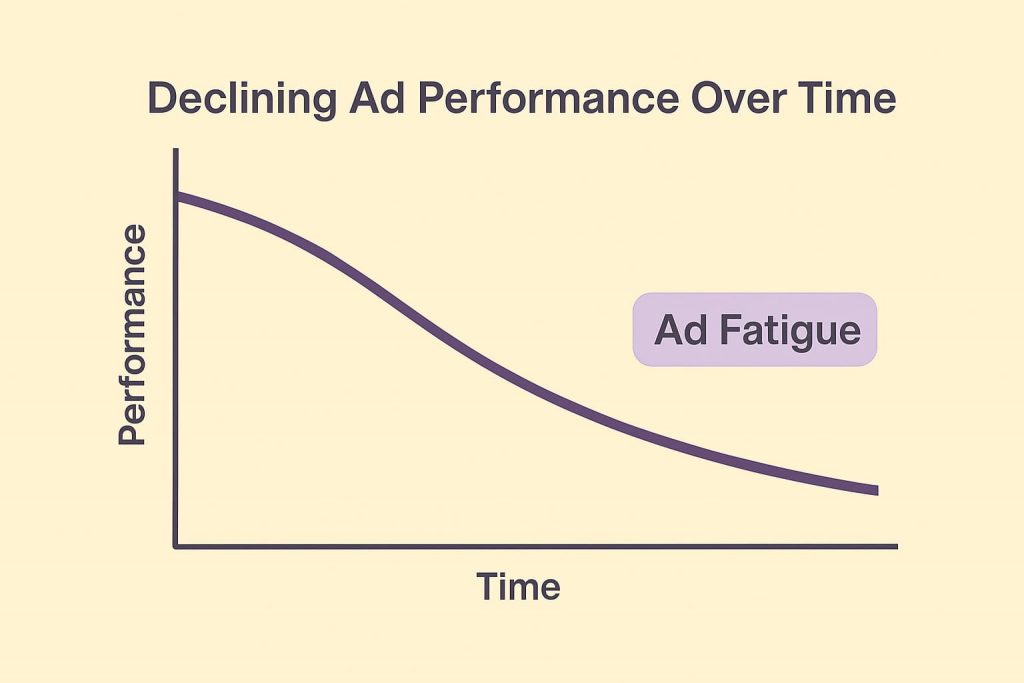
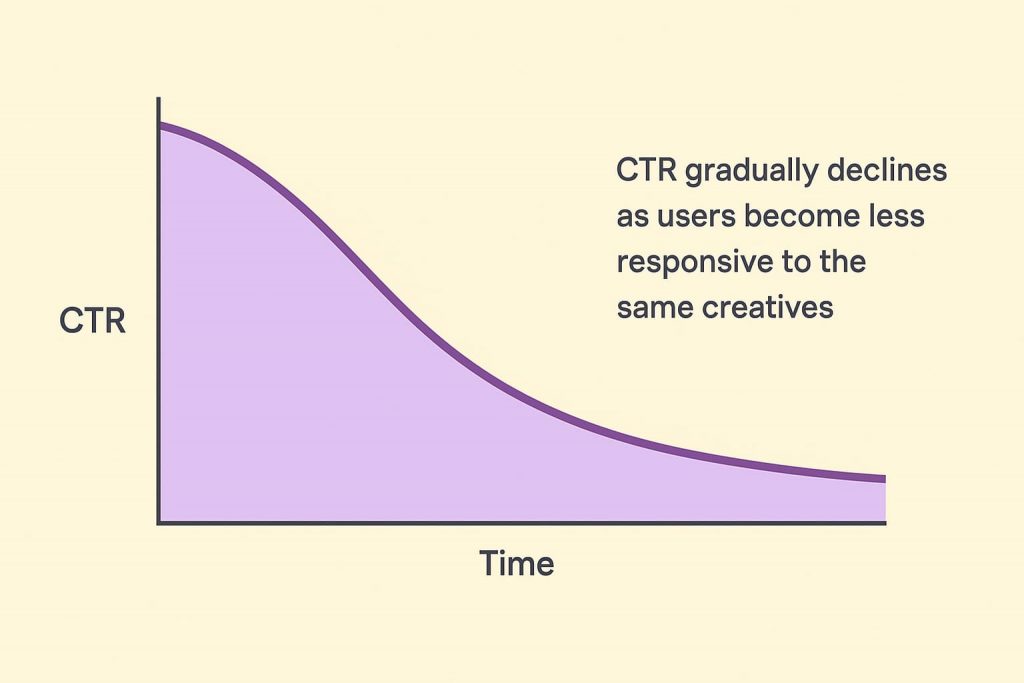
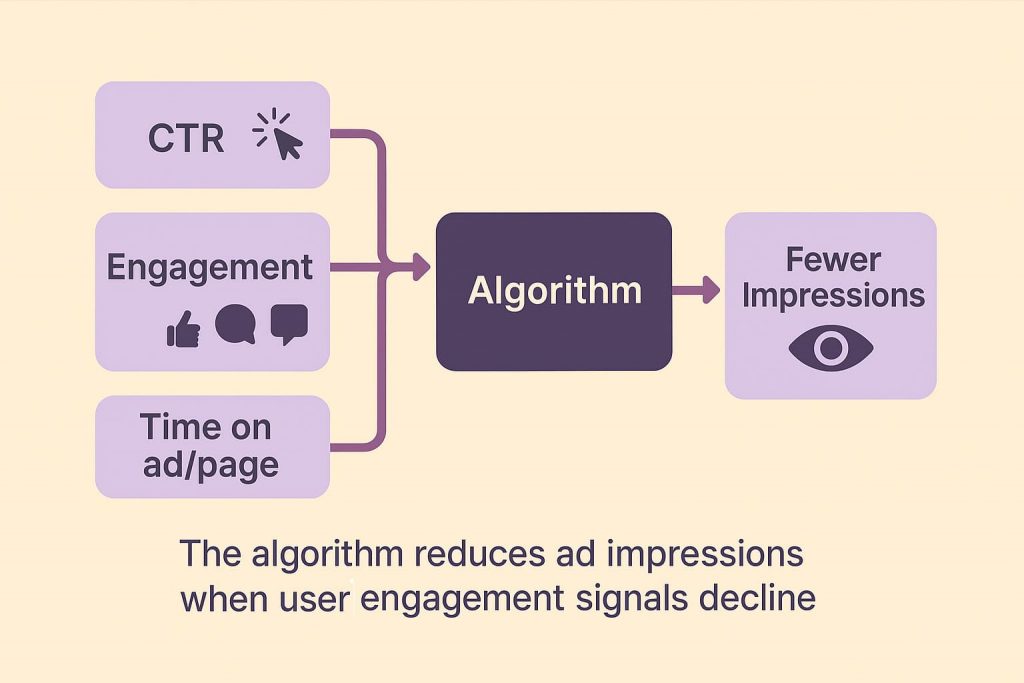
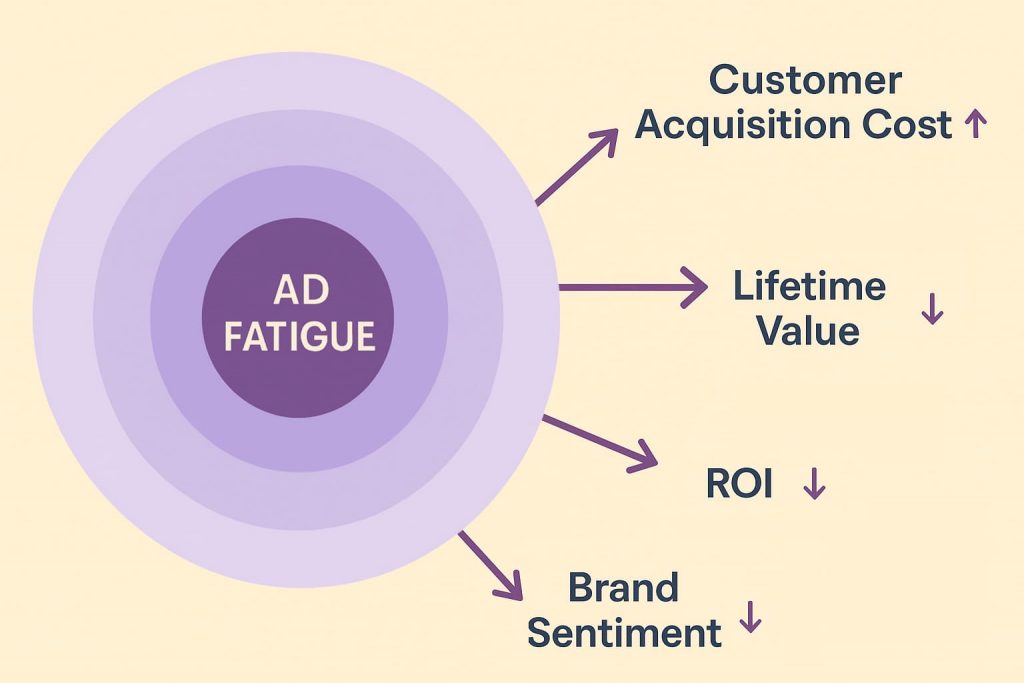
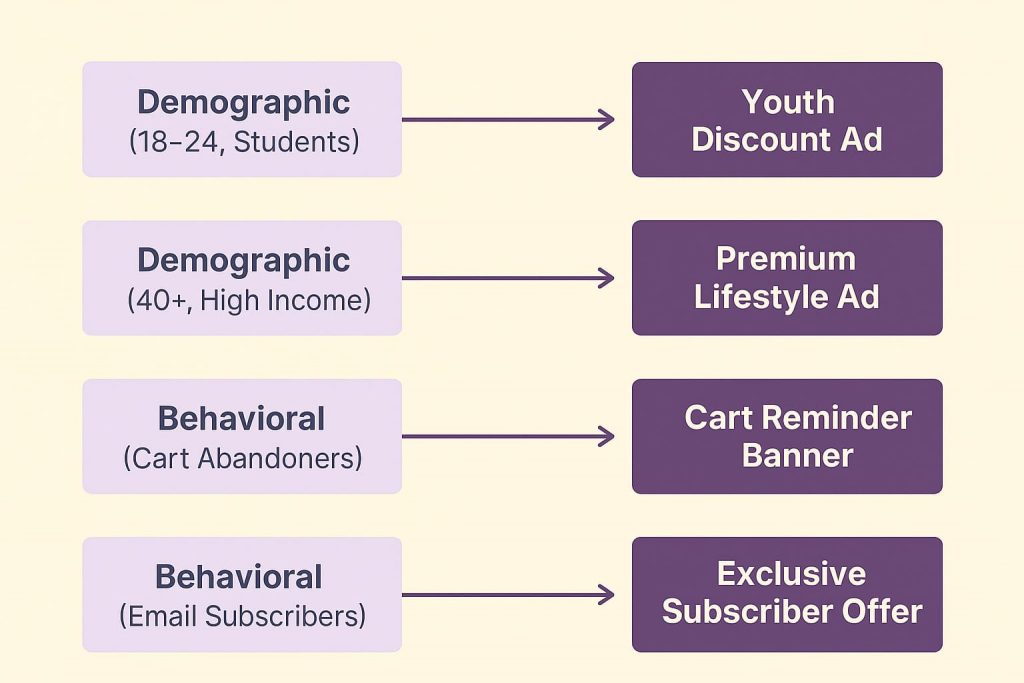
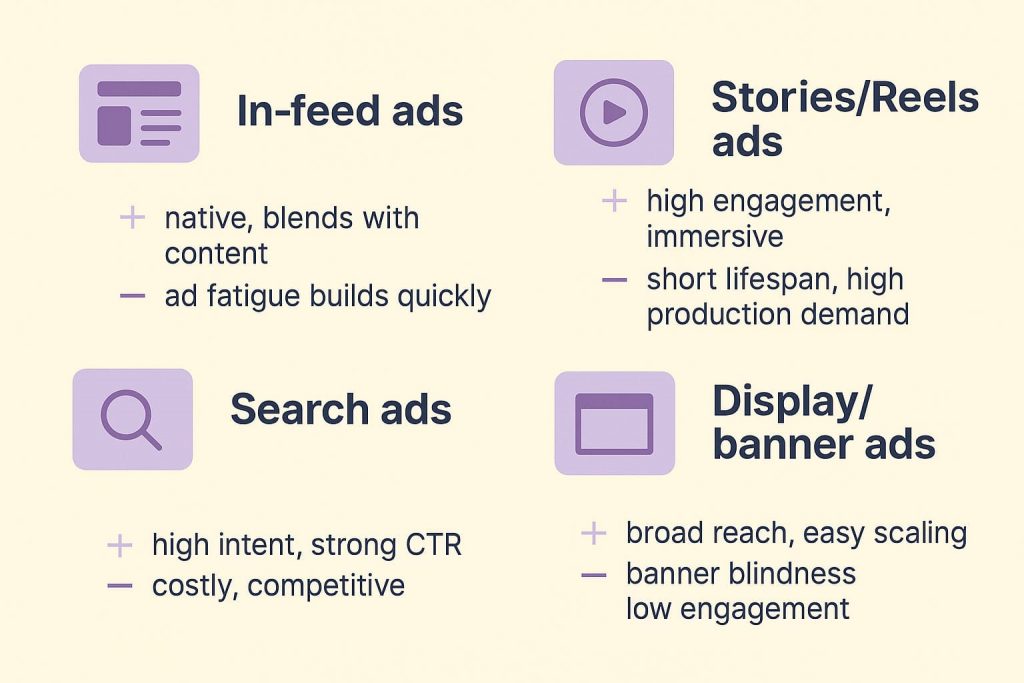
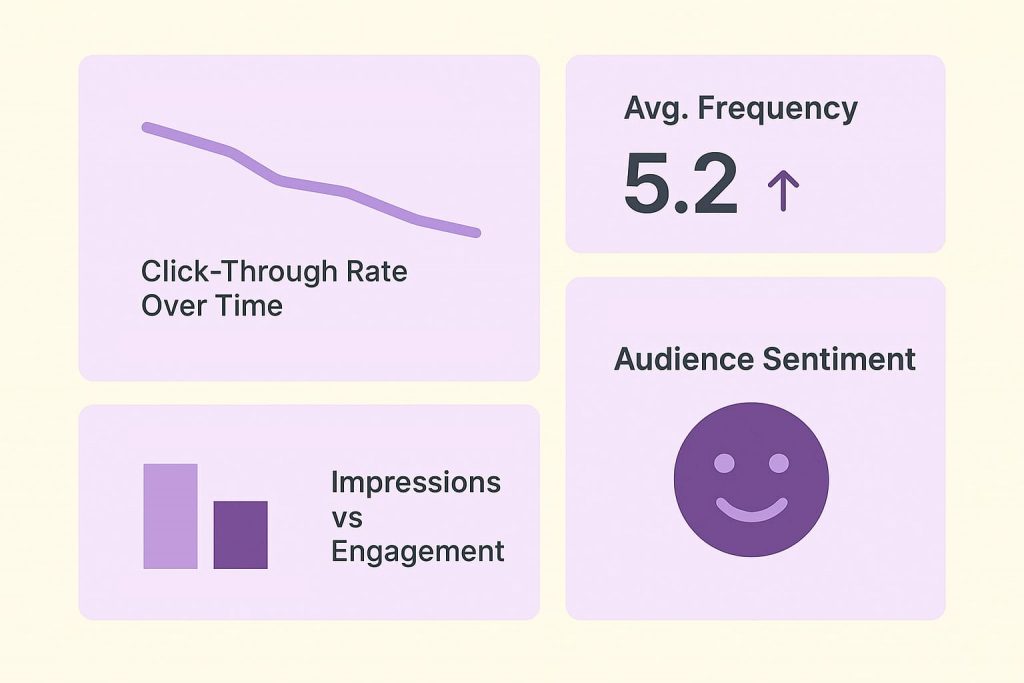
 Share
Share
 X
X
 LinkedIn
LinkedIn





